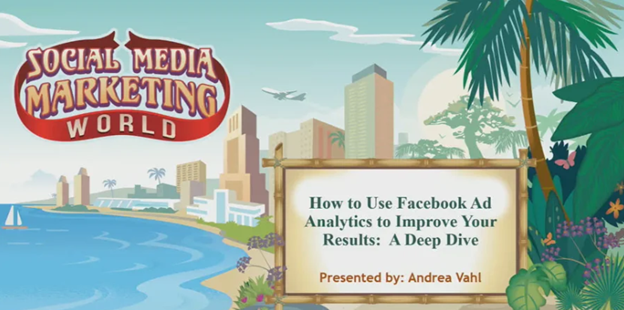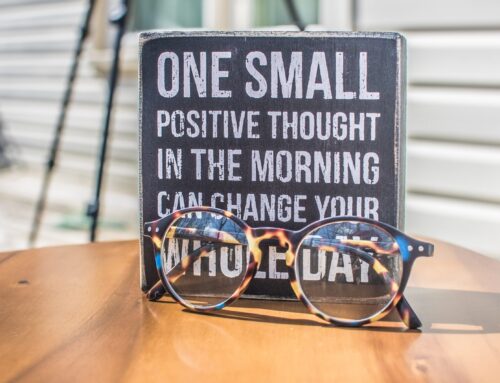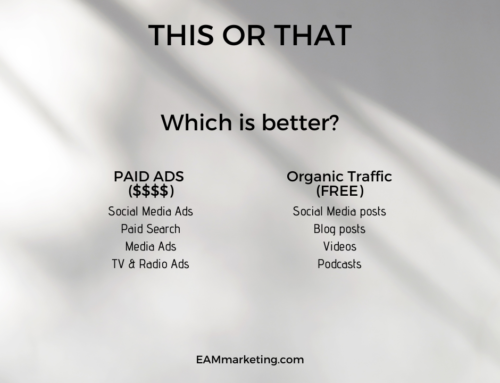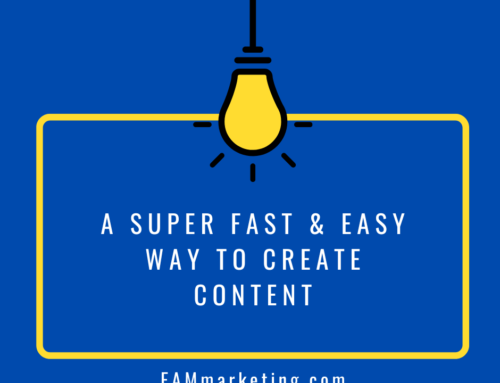In this session with Andrea Vahl, author of Facebook Ads Made Simple, you’ll learn how you can make big leaps in ad performance by just drilling deeper into your Facebook Ad Analytics.
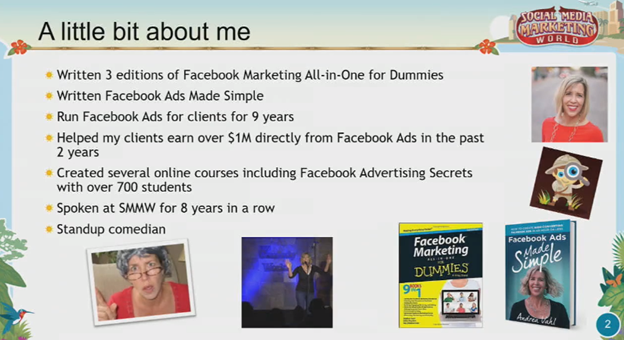
As you can see from the slide above, Andrea knows what’s she’s doing when it comes to FB ads. She has the track record and results to prove her tactics work.
She gave a touching tribute to John Haydon, who recently passed away from cancer.

How Facebook Ads are like Parenting
Tip #1 You have to feed them every day.
Tip #2 They can be overwhelming.
Tip #3 It’s exciting to get great results.
What stats should you watch?
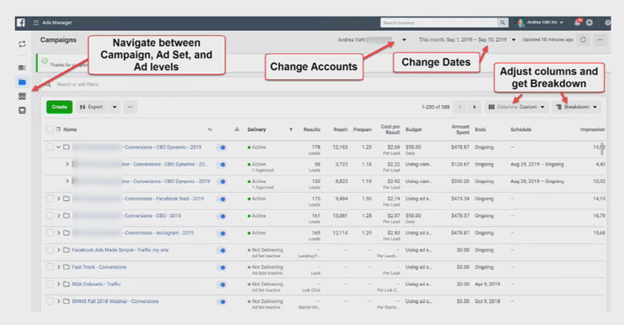
Look at each level of the campaign, ad sets, and ad levels.
Your ad interface may look different. Facebook likes to move things around for some reason.
Adjust the columns to see what you want.
Performance and Clicks Report is a good place to start.
Key Performance Indicator (KPI) is the only thing to watch.
Setup a purchase pixel to see how much you get back with your FB Ad.

You define the KPI. Then optimize your ads for that KPI.
Easy to get reach, harder to get purchases.
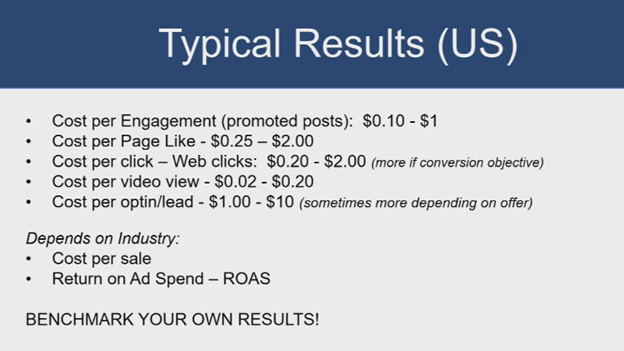
These are typical results. Benchmark your own results. What’s true for me? How can I get better?
Watching the right metrics.
FB will use algorithm to show your ad to the people most likely to click.
Test different objectives.
Focus on the cost per result. Back up one step. Are you getting enough people in the funnel?
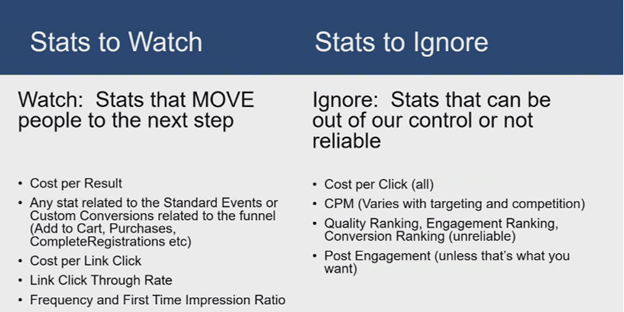
If you’re tracking purchases, watch click through rates to see if you are getting enough people clicking through.
How to do an audit on existing results to know what to test next.
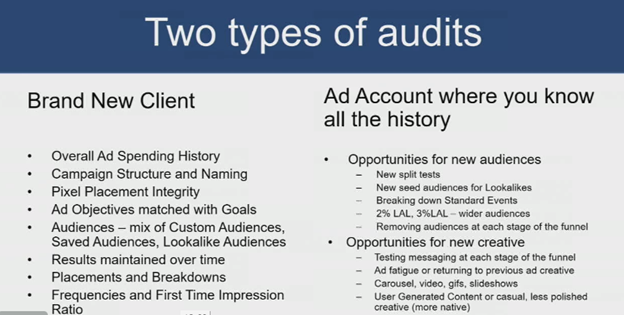
New Clients – how have they setup campaigns in the past, do they have pixel setup correctly, etc.
Existing results – where are the opportunities to create new audiences, new placements, new creatives. Maybe you’ll be scaling wider audiences. Maybe you try a different kind of ad.
Look at overall trends. Look for better performing demographics in ad manager.
Look where the audiences were used in campaigns.
Look at pixel configuration. 50% add to cart for purchases is really good.
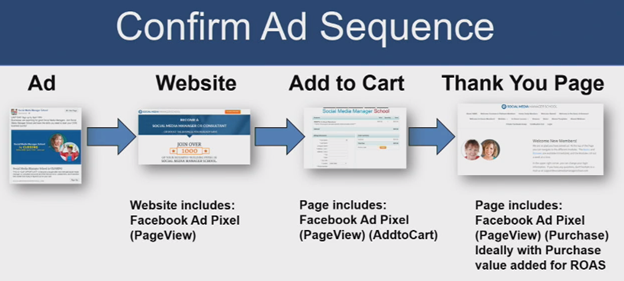
Make sure you have Pixel setup properly for every step of the sequence.
Creative Overview shows you all the ads using the same image can help you know what’s performing better.
Look at conversion by audience to determine which ads to keep running.
Watch the costs. If costs are increasing you need to find out why.
Compare month to month and week to week helps you make better decisions.
Monitor your audience, ad competition, if costs are going up, you might shut off the ad and run it again later.
Who is responding to our ads? Who responds better? Look at the countries. You might separate out which audience is doing better. Expand the audience in its own ad set and scale it.
You might look at gender or placement and do the same thing.
The wrong ad placement can be bad.

Look at which ad placement is doing better. If Instagram is doing better but gets less budget, you can fix that. Pull apart the placements and run them separately. Test.

The 25-34 group was not getting enough budget but doing very well. So, she split out that age group separately to still if it would perform even better.
Manually shut down ad set to direct spend to other ad sets that are performing better.
Inspect: Delivery Insights report is not always available. It’s at the ad set level.
What kind of first-time impression ratio are we getting? It’s a better metric that the frequency because within frequency it captures repeat views from the same user that brings the average down a bit.
Using the Inspect: Audience Competition you can ask yourself “Are your results increasing because more people are in the Ad market?”
Rising competition in -20% is normal.
If you have good pixel setup, you can see overall revenue.

Test 11 times more than other accounts to keep things looking good.
Pull in different audiences. Test different creatives, messaging, calls to action.
Sometimes the lower value lookalikes do better. Watch both high-value and low-value. Test everything.
Wider audiences allow the algorithm to find the ones that convert.
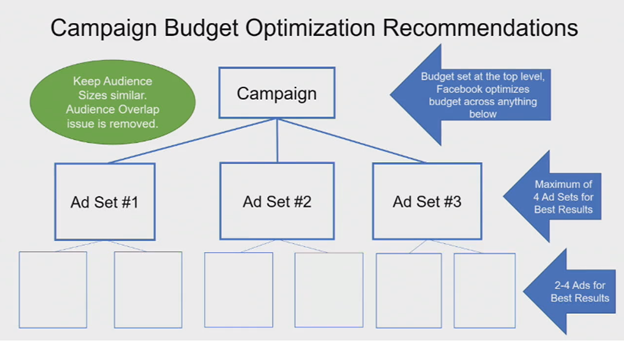
Budget optimization – keep audience sizes similar. Do 4 audiences at a time. 2 to 4 ads under each ad set.
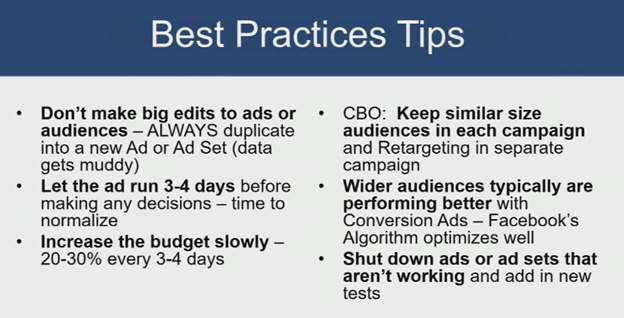
Don’t change your ads or audience, we want to keep our data pure. Duplicate the ad set and then modify the copy.
Increase budgets slowly.
Audience sizes need to be similar.
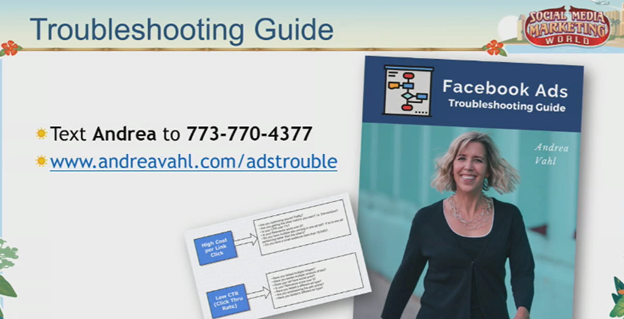
For more help troubleshooting your FB ads, you can find Andrea’s guide at www.andreavahl.com/adstrouble. Or text ANDREA to 773-770-4377.
When your ad is tapped out
Look at frequency.
Keep the first-time impression ratio at 30 to 40% if you can.
Sometimes with a wide audience your ad is still showing steady. That’s because FB is doing the work for you.
FB doesn’t optimize this very well. Stay in control, test in systematic way.

Always be testing – that’s where you’ll see the most success.

